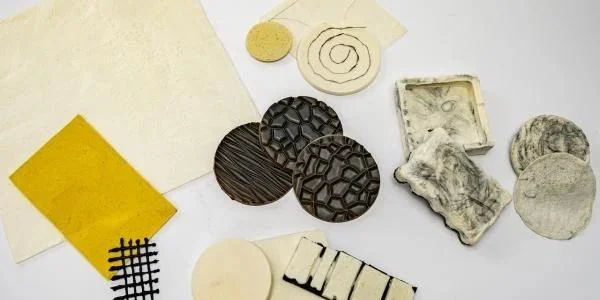
Each new material developed opens a broader pallet of aesthetic and functional possibilities for designers. This paper demonstrates biofoam, a material that is water-soluble, biodegradable, and can be made conductive. We describe the material in detail: the process of making the material from scratch, the material’s fabrication into forms with hand-craft techniques, and present two HCI specific applications of the biofoam. The biofoam can be cooked, molded, layered, extruded, dissolved or recooked opening up possibilities to consider the entire life cycle of the material in the design process. We contribute design considerations to allow designers to “tune” the biofoam to the desired quality, as well as a characterization of many aspects of the biofoam such as compression, spring back time, water permeability, and electrical conductivity. Finally, we discuss the unique opportunities this material and its life cycle bring to the design and HCI communities.
Citation:
Eldy S. Lazaro Vasquez, Netta Ofer, Shanel Wu, Mary Etta West, Mirela Alistar and Laura Devendorf. 2022. Exploring Biofoam as a Material for Tangible Interaction. In Designing Interactive Systems Conference (DIS ’22), Association for Computing Machinery, New York, NY, USA, 1525-1529. https://doi.org/10.1145/3532106.3533494 (June 13-17, 2022—Virtual Event, Australia).
Presentation: